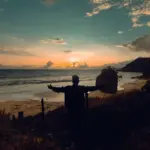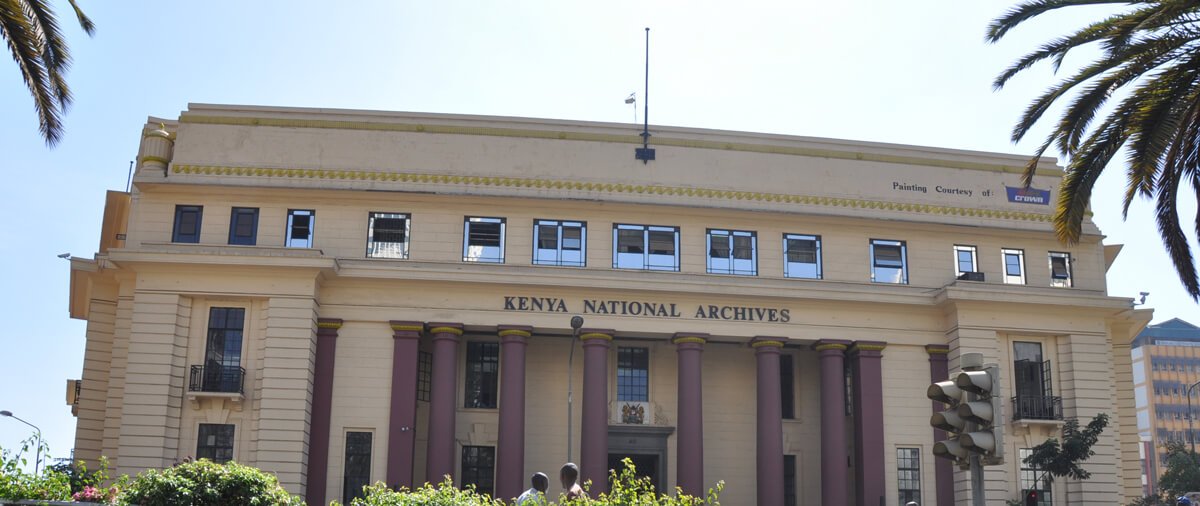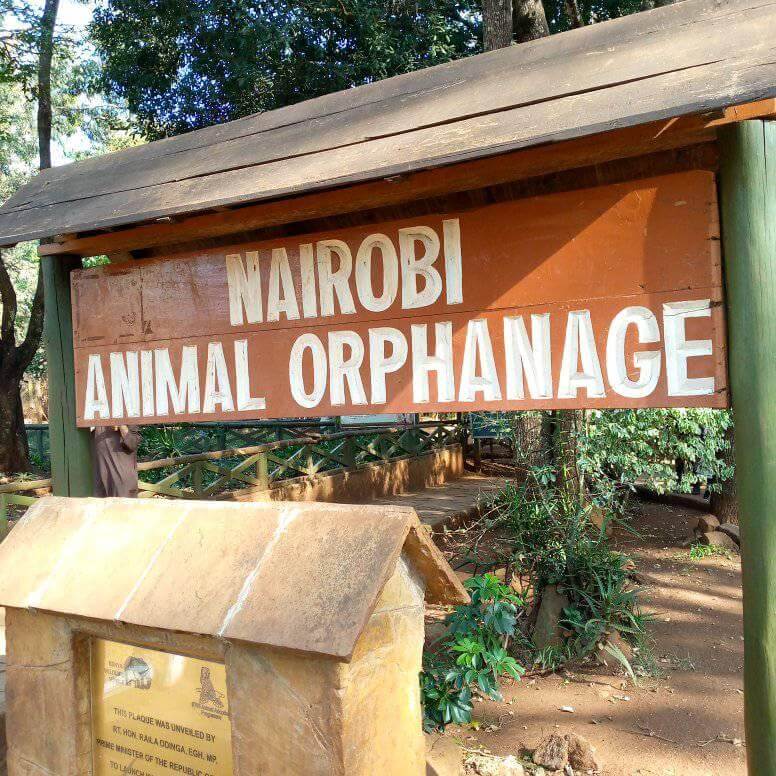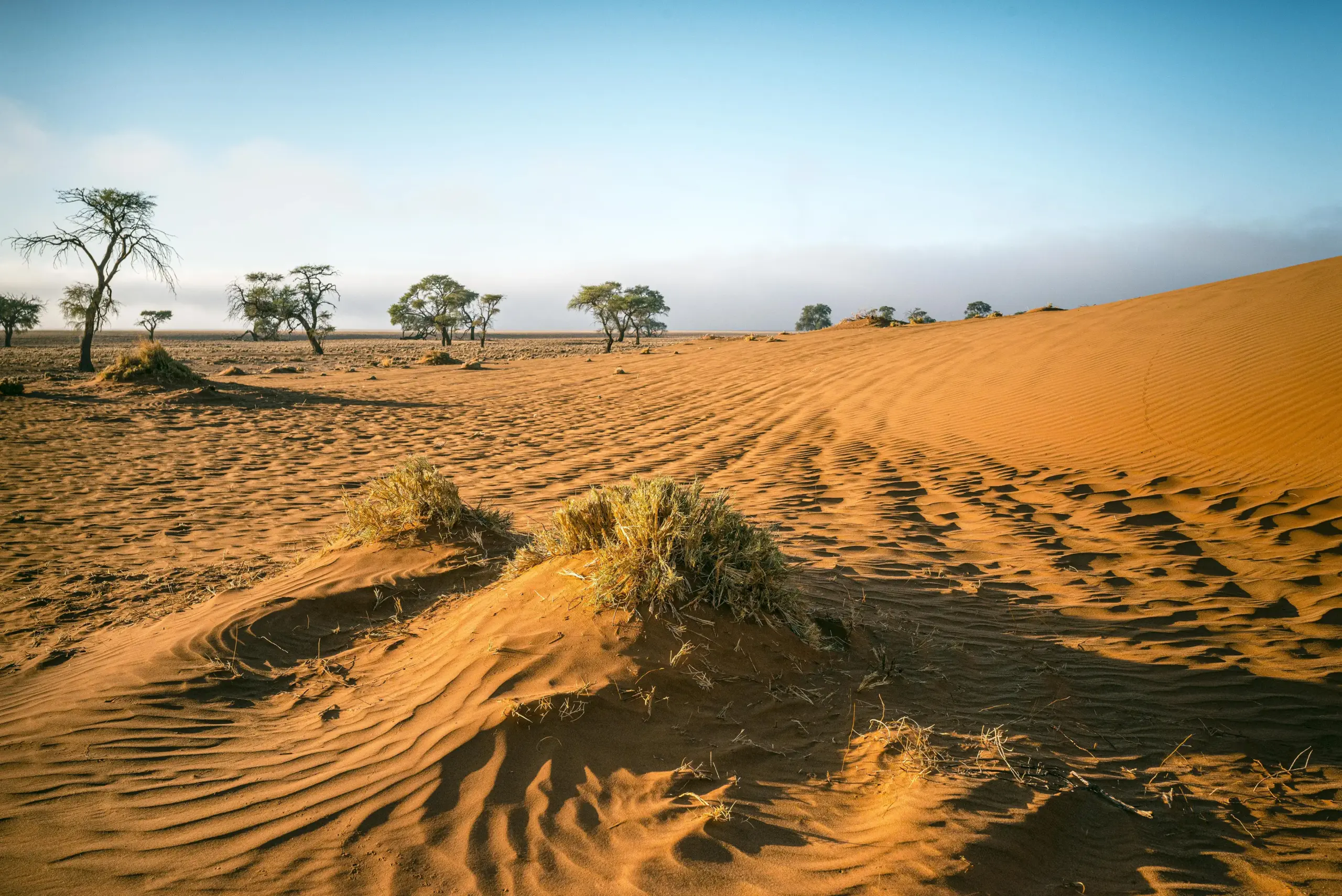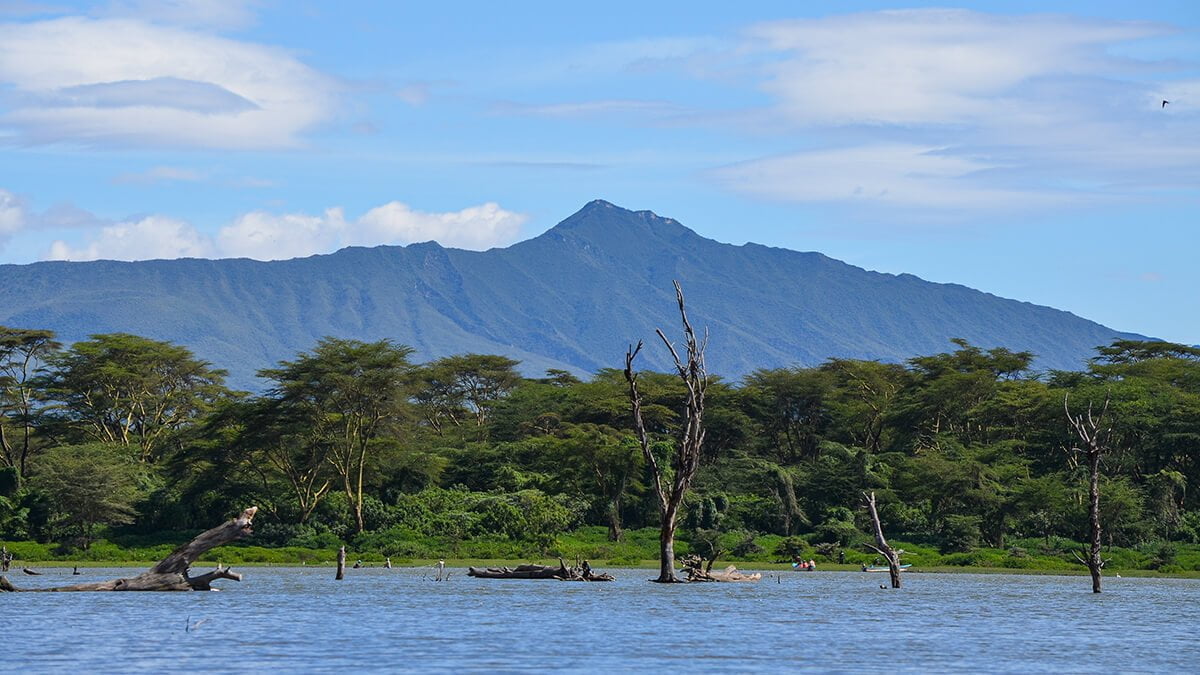Here Goes Kenya is supported by its audience. We may earn an affiliate commission when you book an experience or hotel through links on our site. Learn More
Lake Nakuru is an alkaline lake situated on the Rift Valley floor at an elevation of 1754 meters above sea level. The lake lies to the south of Nakuru. Lake Nakuru National Park encompasses and protects the lake, a World Heritage famous for its thousands of pink flamingos. The flamingos join into a massive flock, fringe to the shores of the lake to form a dazzling spectacle of pulsing pink swathe of life that carpets the water.
Add a header to begin generating the table of contents

Top-rated Lake Nakuru Tours and Activities
History of Lake Nakuru
Lake Nakuru National Park was established in 1961. The park started small, only surrounding the famous lake and the encompassing mountainous vicinity, but has since been extended to include a large part of the savannahs.
American ornithologist Roger Tory Peterson, who initiated modern environmentalism, defined the lake as “the greatest bird spectacle on earth”. Unfortunately, things are no longer like Peterson saw them since the lake’s ecosystem feels the human pressure. The vast flocks of birds are slowly but surely diminishing or fleeing to other more unspoiled soda lakes.
The park was gazetted in 1968, but since 1961 there was a bird sanctuary at the lake’s south sector. With the support of the World Wildlife Fund, Kenya’s Government launched a scheme to purchase the adjacent grounds to widen the protected area. In 1964 the sanctuary included the whole lake, with an area that fluctuates from 5 sq. km to 40 sq. km, in addition to a shore strip. Since its gazetting as a national park, both authorities and conservation organizations have won the battle against private property and human settlings, further broadening the park limits in 1968 and 1974 to its current extension of 188 sq. km.
The lake’s level dropped intensely in the early 1990s but has since largely recovered. In 2013, the lake received an alarming increase in the water levels that led to the migration of flamingos to Lake Bogoria in search of food supply. Lake Nakuru is debatably the most renowned among Kenya’s Rift Valley lakes and one of the prime African parks on the planet, with its alkaline waters fringed at times by more thousands of flamingos.
About Lake Nakuru
Nakuru is a Maasai word that means “Dust or Dusty Place”. Lake Nakuru has become eminent for the flamingos, who visit the lake to feed on algae that form on the lake bed. The birds wander, feed, and occasionally take fabulous flights, filling the sky over the lake with colour. The lake is very variable in size ranging from 5 sq. km up to 45 sq. km in surface area.

Lake Nakuru is a key national park and a vital sanctuary for both White and Black Rhino. It is best known for its thousands, sometimes millions of flamingos nesting along the shores. Also of interest is 188 sq. km around the lake fenced off as a sanctuary to protect giraffes and both black and white rhinos. The park has recently been enlarged partly to provide sanctuary for the black rhinos. This undertaking has necessitated a fence – to keep out poachers rather than restrict the movement of wildlife. The park marches for 12.1 km on the south-eastern boundary with the Soysambu Conservancy, representing a possible future expansion of habitat for the rhinos and the only remaining wildlife corridor to Lake Naivasha.

The nearby Nakuru town is a busy and thriving local centre with a bustling market. The town is a hub for local transport and travel. Lake Nakuru is protected under the Ramsar Convention on wetlands.
What to see at Lake Nakuru

The population of pink flamingos at Lake Nakuru lures guests from around the planet, but the masses at the lake differ based on the lake’s alkalinity. Higher levels of precipitation cut the alkalinity, hence, fewer algae for the birds. Consequently, the largest number of flamingos may migrate to other neighbouring soda lakes in Kenya, such as Lake Bogoria and Lake Natron, for a period of time.

Lake Nakuru National Park offers many other types of wildlife that will ensure you have a thrilling wilderness holiday with African Mecca. As well as flamingos, there are more than 450 species of birds that inhabit the lake and the area surrounding it, such as African fish eagle, Goliath heron, hamerkop, pied kingfisher, and Verreaux’s eagle.
The lake has myriad wildlife, including the warthog, impala, waterbuck, eland, zebra, buffalo, the endangered Rothschild’s giraffe, baboons, ostrich, and more. Eastern black rhinos and southern white rhinos are often seen resting under acacias by the lakeshore. Lake Nakuru is one of the best places for spotting a leopard and several prides of lion in Kenya. The park is also prominent for big pythons.

Animals are naturally more dispersed throughout the park during this time of year, but some of the animals may be giving birth during the rains, so you may see foals and calves that are only days or even hours old as they learn to survive and thrive in their new world.
Exploring beyond the lake is always rewarding, and there are forests, cliffs, waterfalls, and more to be found here.
The ultimate time to visit the lake is during the dry-hot season in January and February. It is easier to spot animals since they congregate at the limited sources of freshwater. Another benefit of the dry season is that fewer mosquitoes present makes it a more comfortable trip to Kenya.
Lake Nakuru Tours and Activities
How to Get to Lake Nakuru
The main road access to Lake Nakuru is from Nakuru town or Nairobi by bus/matatu or private transport. The Nakuru-Nairobi highway passes through Naivasha by Lake Elmenteita and Gilgil on the way. Nakuru is only a 2-hour drive from Nairobi. There is an airstrip in Nakuru which offers charter flights. Several hotels can arrange transport to/from Nairobi.
Getting Around Lake Nakuru
Getting around the park to the lake itself is difficult without private transport. The lodges and camps here both organize local excursions.
Where to stay at Lake Nakuru
The Lake Nakuru region has outstanding and well-facilitated accommodations. Some are within the park, and others are outside the park just a few kilometers away. Some of the lodges include KWS Self Catering, Naishi Guest House, Lake Nakuru Lodge, and Sarova Lion Hill Lodge. Campsites at Lake Nakuru include Back Packers, Makalia Campsite, Reedbuck Campsite, Naishi Campsite, Rhino Campsite, Chui Campsite, Soysambu Campsite, Kambi Nyuki Campsite, Kambi Nyati Campsite, Acacia Picnic Site, Baboon Cliff, Out of Africa, and Pelican Picnic Site.
